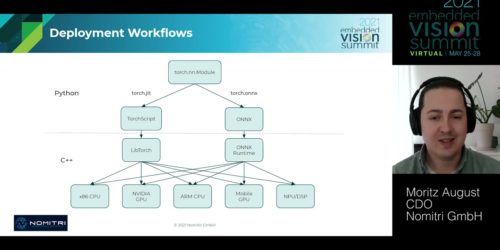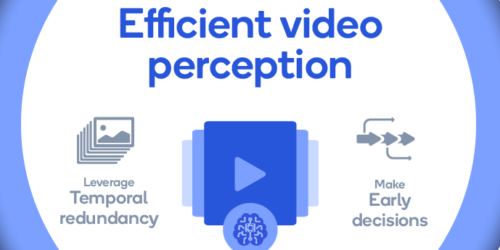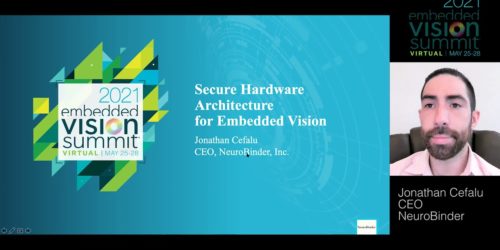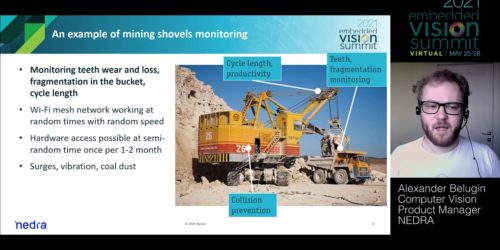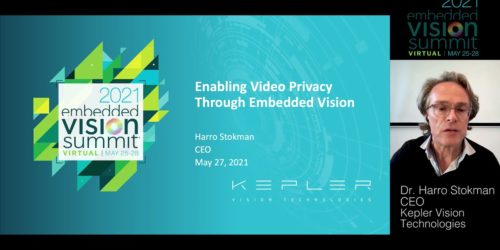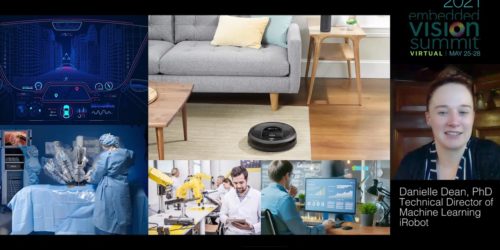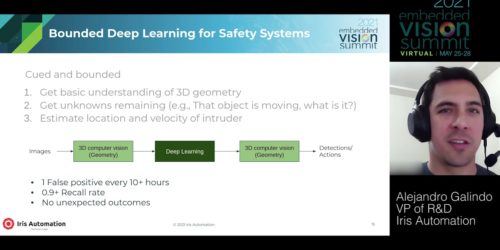Arm Transforms the Economics of IoT with Virtual Hardware and a New Solutions-led Offering
News Highlights: Arm Total Solutions for IoT delivers a full stack solution to significantly accelerate IoT product development and improve product ROI Arm Virtual Hardware removes the need to develop on physical silicon, enabling software and hardware co-design and accelerating product design by up to two years A new Arm ecosystem initiative called Project Centauri […]



